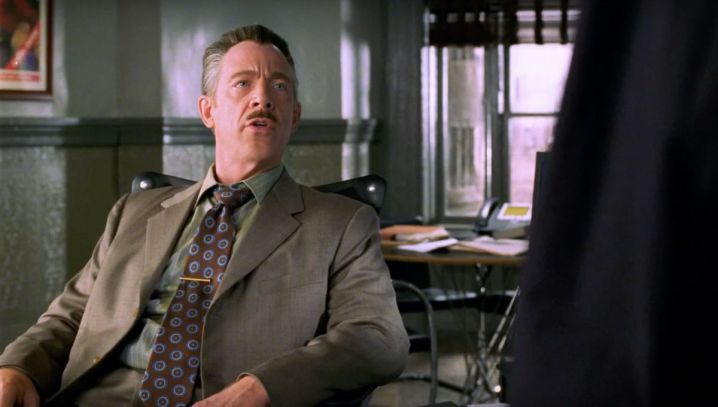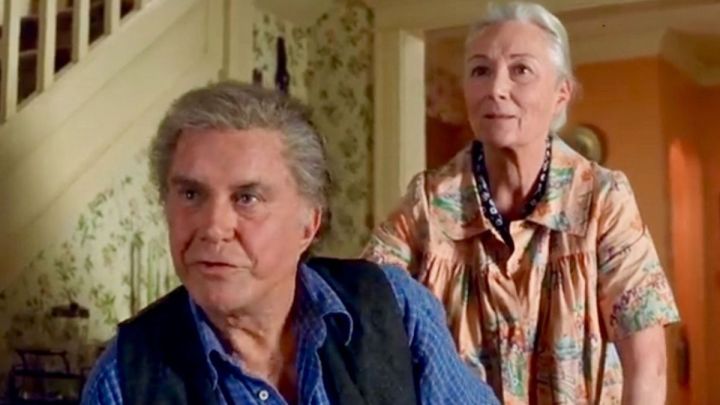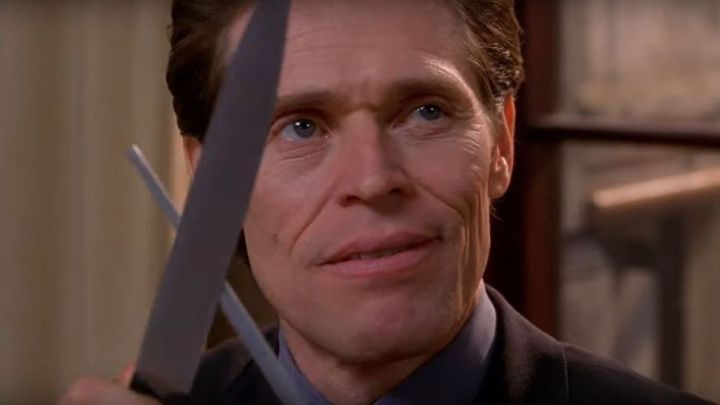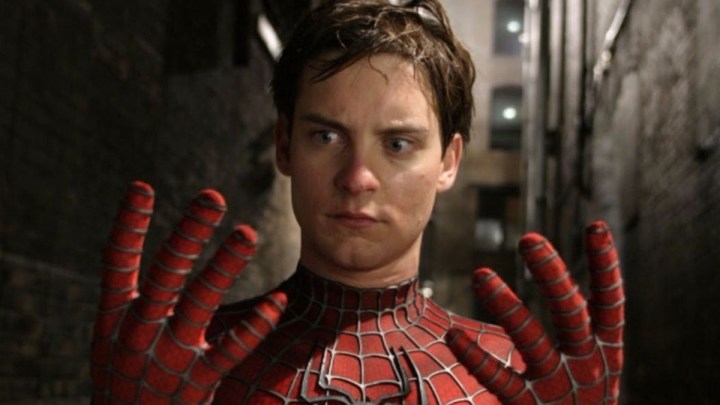Sam Raimi redefined the superhero genre with his Spider-Man trilogy. Best known for his work in the horror genre, the auteur stepped into the world of spandex and webs and left an indelible mark on it thanks to his unique blend of humor, emotion, style, and substance. Raimi’s trilogy was a game-changer for a genre still finding its way in the noughts; his films shaped the modern superhero film and blockbuster, creating a visual language that many would try — and fail — to replicate.
The Spider-Man film series became the blueprint, and a large part of its success was due to the many unforgettable characters it introduced. Beyond the titular hero, who cemented his place as the ultimate American hero with Raimi’s help, the trilogy also introduced the defining versions of several other characters, turning them into critically acclaimed audience favorites. From gentle heroes to complicated villains and a few in-betweeners, these characters would achieve a level of cultural relevance that rivaled the friendly neighborhood’s fame.
J. Jonah Jameson

Long before J.K. Simmons became an Academy Award winner thanks to his now-iconic performance as Terrence Fletcher in Damien Chazelle’s Whiplash, he was making everyone laugh with his deranged take on J. Jonah Jameson. The beloved character actor brought J.J. to life with loud bravado, delivering a suitably unhinged performance that expertly blended comedy and antagonism.
Rude, greedy, and with a keen eye for sensationalism, Simmons’ Jameson was a scene-stealer in the trilogy. His commanding performance became a fan favorite, to the point where the MCU brought him back to reprise the role for their new set of Spidey films. Simmons is the shouting embodiment of, “If it ain’t broke, don’t fix it,” but he did much more with the character. He took a previously unlikable person and made him fun, funny, and even charming. Not many actors can get away with that.
Ben & May Parker

Ben and May Parker are two of the most important characters in the Spider-Man mythos. In many ways, they are the reason behind Peter’s heroism. The elderly couple cares for and loves Peter above all, teaching him the true nature of heroism. Cliff Robertson had a tough task in his experienced hands; he had to make Ben Parker a wise and endearing figure in only a few minutes of screentime; he needed to convince Peter and the audience that his lessons were worth learning, and the veteran actor pulled it off.
Harris had considerably more screen time, but her role was equally arduous. As May Parker, Harris needed to become the ultimate caregiver, a true mother wearing the title of aunt. The Oscar nominee injected so much emotion into her role, turning her scenes into outright life lessons that packed a genuine sense of gravitas. Her monologue to Peter in Spider-Man 2 remains one of the all-time great scenes in superhero films and the perfect proof that the genre has more than enough room to explore the intricacies of human relationships.
Otto Octavius/Doctor Octopus

Spider-Man 2 is one of the best superhero movies ever made. Exploring themes of identity, commitment, balance, choice, and consequence, the film features Peter at the darkest and lowest point of his life, facing off against a friend-turned-foe. The villain in question is the unforgettable Doctor Otto Octavius, portrayed with delicious gusto by the underrated Alfred Molina.
Octavius is a tragic figure, a villain left to his own devices and pushed over the edge by his ambition. Molina sinks his teeth into the character’s contradictions, hiding a layer of guilt beneath each of the doctor’s actions. Even when Octavius seems to relish his deeds as Doctor Octopus, Molina stops himself from giving into complete villainy. His Octavius is mourning, finding solace in his life’s work, a purpose that both dooms and saves him. Spider-Man 2 presents the ultimate version of Doctor Octopus, adding a welcome spin on the mad scientist trope and providing Molina with one of his best characters to date.
Norman Osborn/Green Goblin

And speaking of the mad scientist trope, Raimi’s Spider-Man trilogy features another, more straightforward take on the archetype. Four-time Academy Award nominee Willem Dafoe was responsible for portraying Norman Osborn, AKA the Green Goblin, Spider-Man’s archenemy and the trilogy’s first villain. Going all-in on the character’s demented side, Dafoe walked a fine line between camp and menace.
Osborn is lunacy come to life, and Dafoe enjoys every minute of it. He is larger than life, a villain that jumped straight out of the comic book page. However, the actor is also threatening and downright frightening, bearing his teeth in that trademark grin that could scare the bejeezus out of most children and some adults. Dafoe redefined what a comic book villain could and should be, paving the way for many others who came after. He made Norman his own, making it nearly impossible for any actor to take over the role and succeed.
Peter Parker/Spider-Man

Tobey Maguire was a well-known actor before becoming the Web-head thanks to roles in films like The Cider House Rules and Pleasantville. However, Spider-Man made him a star and defined his career for better or worse; indeed, his once-promising career became limited after his heroic stint, with many unable to see him as anything other than the ungainly hero. Maguire portrayed Peter Parker with boyish and clumsy charm, neglecting the character’s accidental “cool” factor while exploiting his social awkwardness and waving his “loser” flag with pride.
Raimi and Maguire’s Peter is a dork, plain and simple. However, their Spider-Man is all life, bouncing around New York like a teenager on his first driving lesson. Maguire’s greatest strength in the role is his unassuming and earnest nature, two qualities that fit Peter Parker like a glove. While Andrew Garfield and Tom Holland might better fit comic book Peter’s brand of nerdy hotness, Maguire perfectly embodied the character’s gawky appeal. While underneath the mask, the actor excelled at capturing the Web Crawler’s charisma, delivering a performance that confirmed Spider-Man’s reputation as the greatest superhero in Marvel Comics and the ultimate symbol of heroism of the noughts.
Editors' Recommendations
- This 2024 superhero movie is almost certain to fail. Here’s why
- Across the Spider-Verse reveals a new, better future for comic book movies
- 10 best comic book movies of the 2000s
- The 10 most powerful characters in Ant-Man and the Wasp: Quantumania, ranked
- The best Ant-Man villains, ranked




